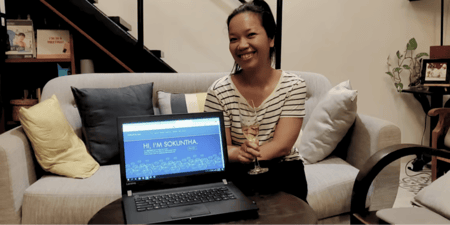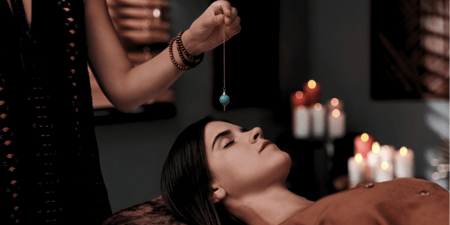From Stories to Science: Brains, Beliefs, and Becoming

The Beginning: A Love for Stories, Questions and Answers
I have always loved understanding. The kind of love that is not casual or convenient — the kind that obsesses, that questions, and that never stops. That is why I love science. But science was not my first love.
My first love was literature.
As a child, I was enchanted by stories. Novels, poems, and old myths. I did not just read them — I entered them. The more I read, the more I needed to understand: people, nature, animals, the stars. I remember reading a story about a man who loved everything, who felt a profound connection with life, and who hugged a snake, and this killed him. That story stayed with me. I did not understand it. Was it good? Was it fair? Did it make sense? Today, I think, maybe that was foolish. I also loved to open broken radios and phones. Not out of mischief, but out of curiosity. I wanted to know what was inside. Inside objects, inside people, inside the world. That curiosity never left me. That curiosity would later become something else — not just a desire to understand, but a need to test understanding. I began to realise that knowing is not passive. It is active, rigorous, and often uncomfortable. Real insight does not confirm what you believe. It challenges it.
Awakening a Deeper Curiosity
As a teenager, something else arrived. I do not know how, but Many Lives, Many Masters found its way into my hands. The idea that the mind could leave the body, travel to ancient libraries, see other times and places — I was captivated. I practised, practised, practised, as I wanted to find those books, to access those stories. I never succeeded. Around the same time, I read the Dalai Lama and Thich Nhat Hanh. These books opened my heart. I read about meditation, compassion, and enlightenment. I practiced, practiced, practiced, and I realized, I will never get enlightened. Then, Carl Sagan arrived in my life. His books showed me the stars and made me fall in love with them. I wanted to study astrophysics. Even if I could not reach the stars, at least I could dedicate my life to the cosmos.
And when I was going in that direction, I found the brain.
Science Meets the Soul
Neuroscience felt like a natural destination. It offered evidence, clarity, and tools. I began to see how thoughts and emotions were built, how signals fired, how trauma left traces. But I had not yet realised that something was still missing.
Until mindfulness reached me again, this time through science.
I had always followed Buddhist teachings and continued with my self-guided practice for many years. But later, while studying psychology, I came across research showing that mindfulness changes the brain, and that the practice of self-compassion can improve emotional well-being and reshape habitual patterns. That caught me. I needed to learn it, understand it, and experience it. I began studying mindfulness seriously, with qualified teachers and in formal programs. Later — and still today — I have the opportunity to engage in research involving mindfulness practice. That gives me happiness.
A Way of Working
Mindfulness taught me to listen differently — to myself, to others, and the silence between words. The practice of self-compassion reshaped how I relate to experience. It brought greater stability, and it changed my life. I wanted to share this with others.
Today, I work as a psychotherapist, cognitive neuroscientist, and mindfulness specialist. I bring everything I know: scientific knowledge, presence, some experience, and curiosity. I work with people who want to understand themselves, and who are willing to approach that process like scientists running the most important experiment of all: their own lives.
Together, we explore patterns, test small practices, and observe what supports change. I still read stories, they continue to move and teach me. But I have also come to see stories in another form: in people’s beliefs, fears, and the habits that shape how they live. Literature taught me to listen for narrative. Science taught me to question it. And mindfulness taught me not to believe everything I think.
Over time, I have come to understand that, although I like to know, there may not be final answers and perhaps that does not matter. What I have seen, again and again, is that there is rarely one right way, or a single truth. Only approaches that work, for a while, in a particular context, or for a particular person.
I have also realised that healing is not a technique; it is not linear or definitive. It is a relationship with your history, your body, your thoughts, and your breath. And it begins with the willingness to learn more about yourself, to observe without judgment, and to try, gently, something different, something that supports awareness and wellbeing. What matters most during this process is how we engage with it: observing, adjusting, and being present. This is the approach I share with others and continue to practice myself.
Disclaimer: This Content has been developed from our generous global community and is intended for informational purposes only. This Content is not, nor is it intended to be, a substitute for professional medical advice, diagnosis, or treatment and should never be relied upon. Further, the personal views and experiences published are expressly those of the author, and do not represent the views or endorsement of SoulAdvisor through the act of publication on our site.

































